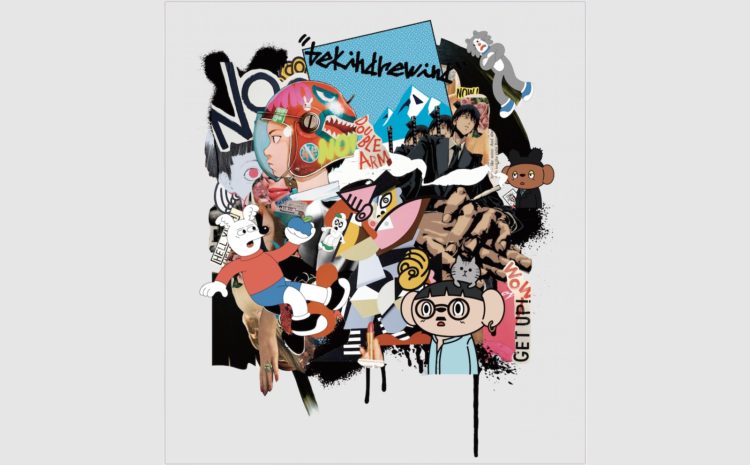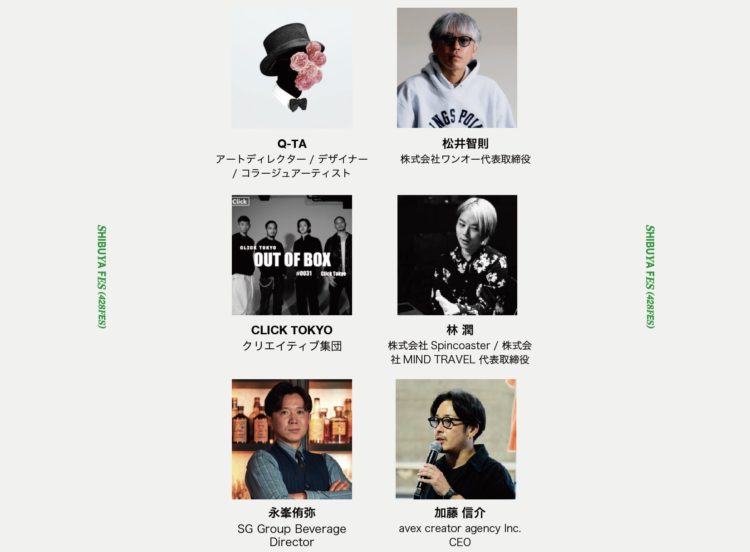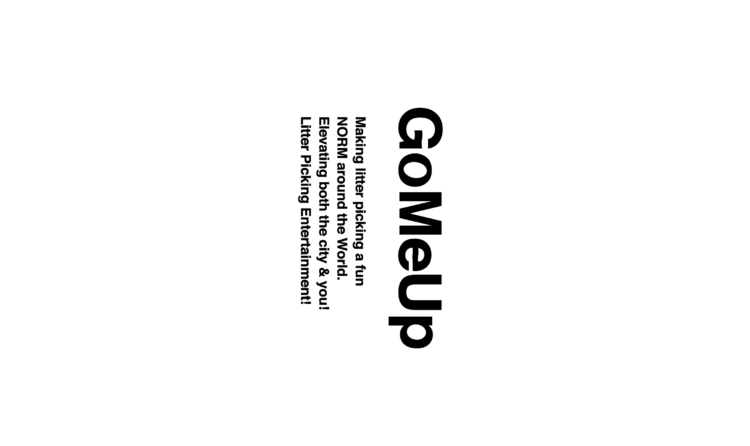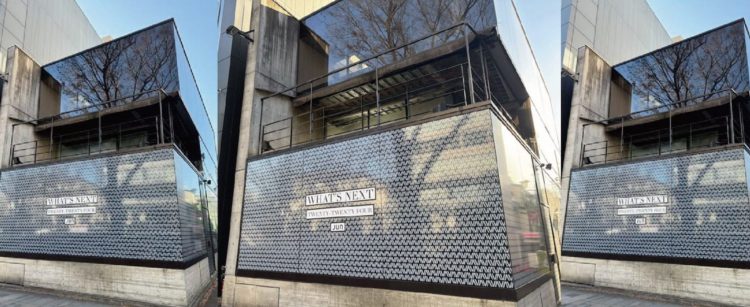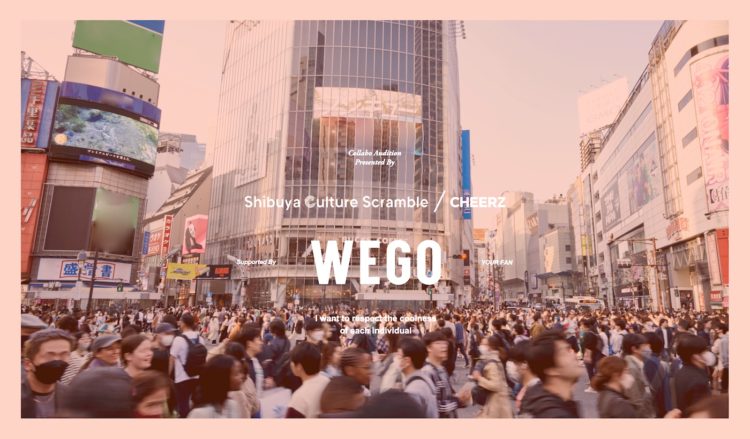Wear To Go ? Kohei Mishina Hairdresser
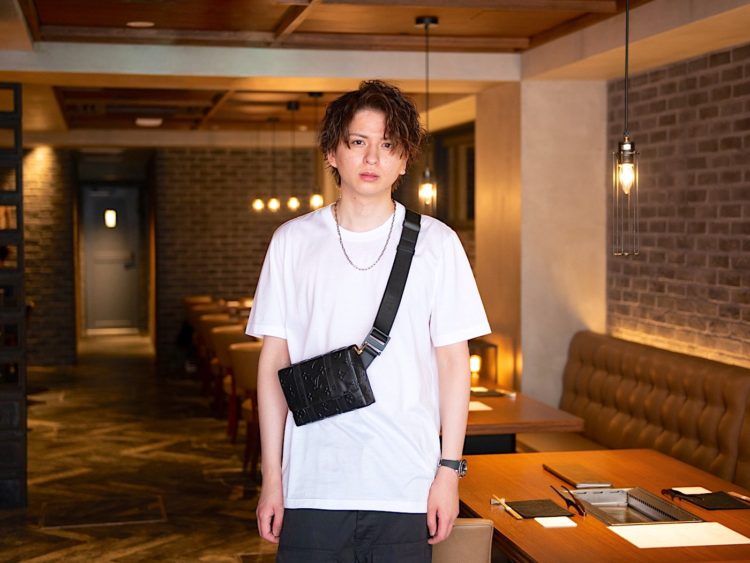
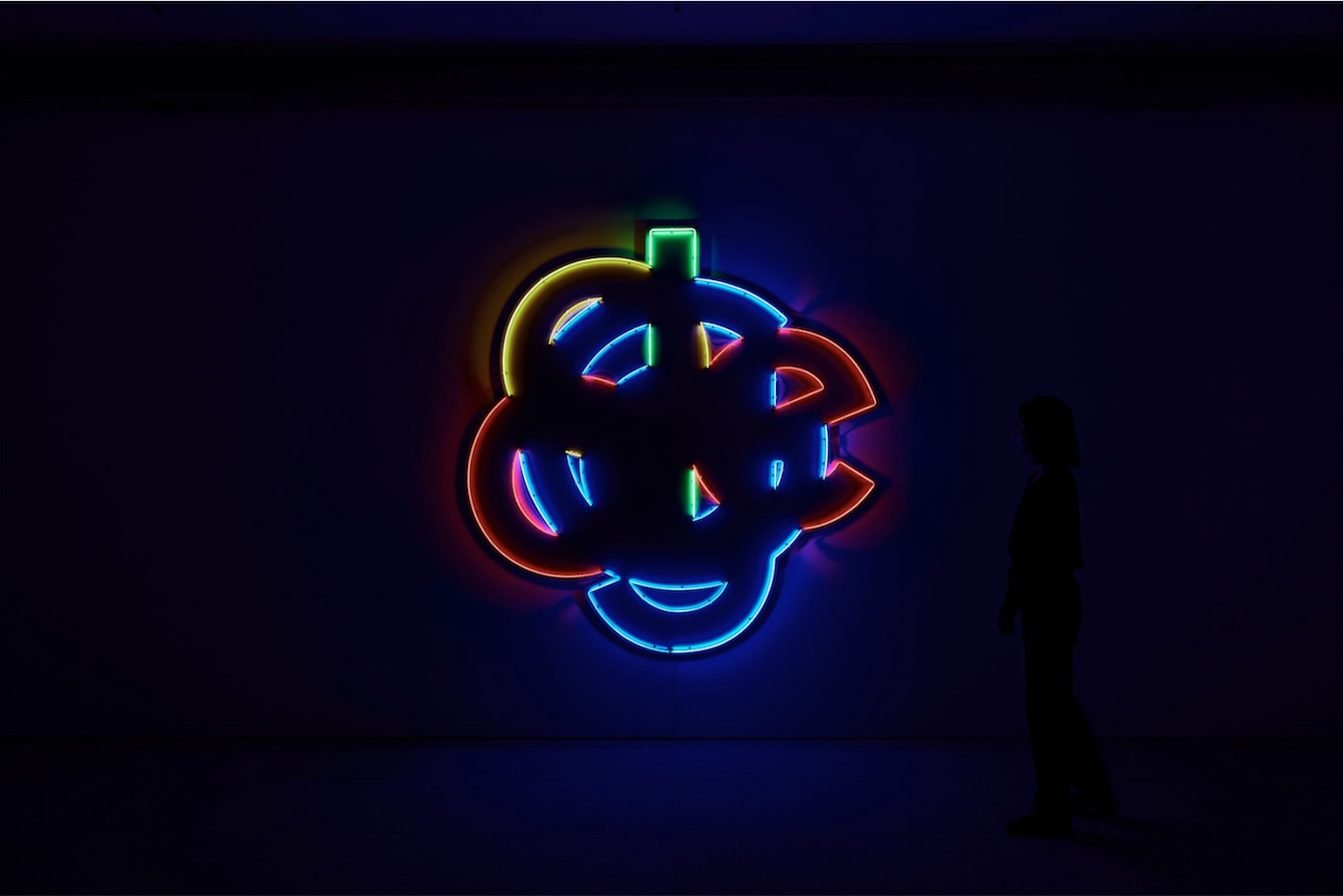
WAKU
My sns
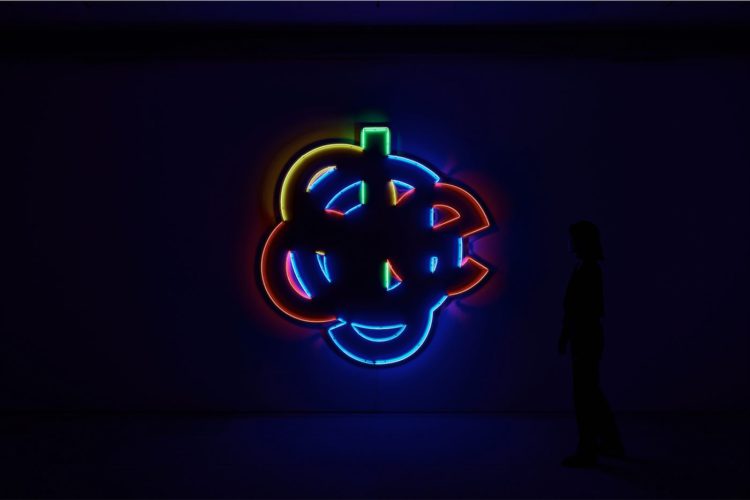
保存
Gallery COMMONでWakuの個展開催。10/15-11/13
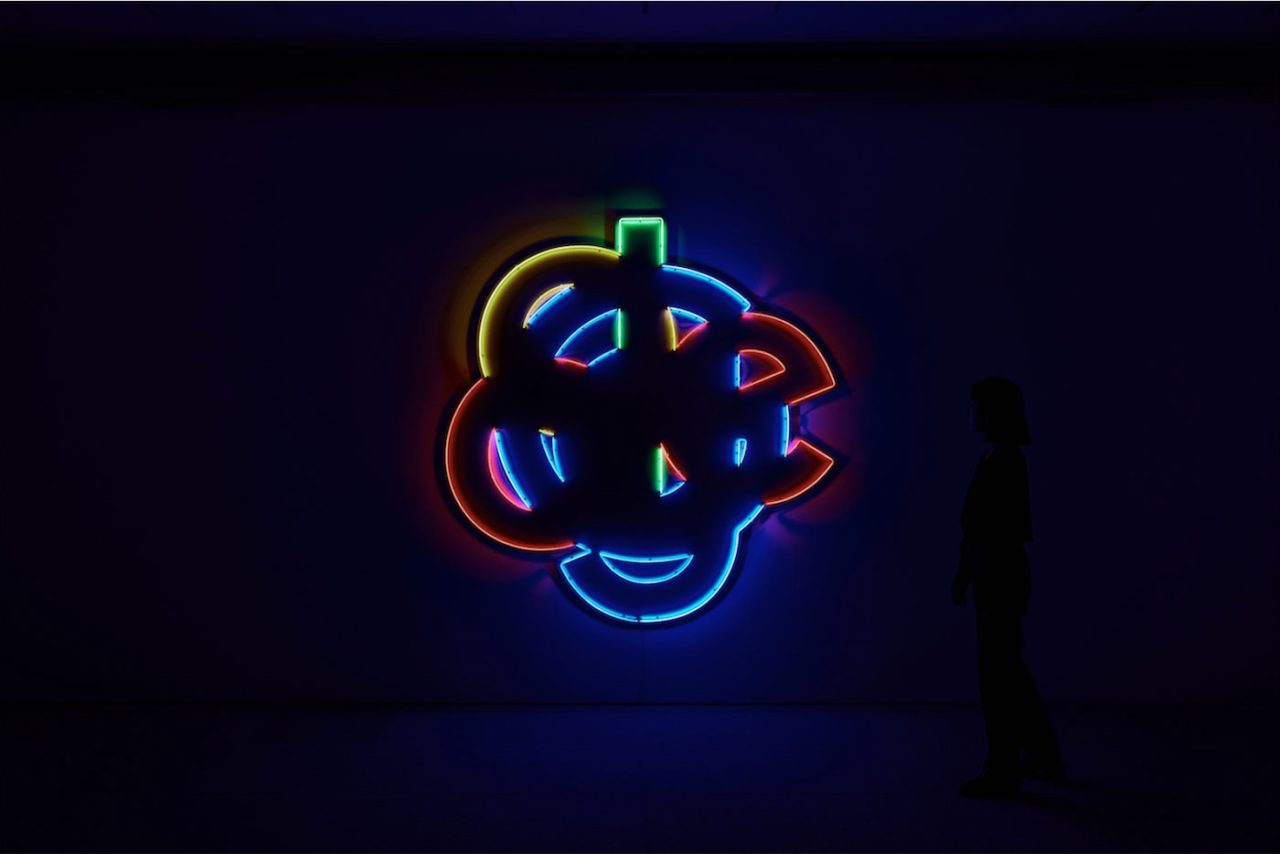
これまでWakuは「形に一定の意味があることへの違和感」を契機として、ネオンの要素としての「光」そのものに焦点をあてるために、抽象的な形態のネオン作品を制作してきた。しかし、本展「Afterimage」におけるモチーフはこれまでとは異なり、非常にアイコニックで即物的な消費社会的記号となっている。
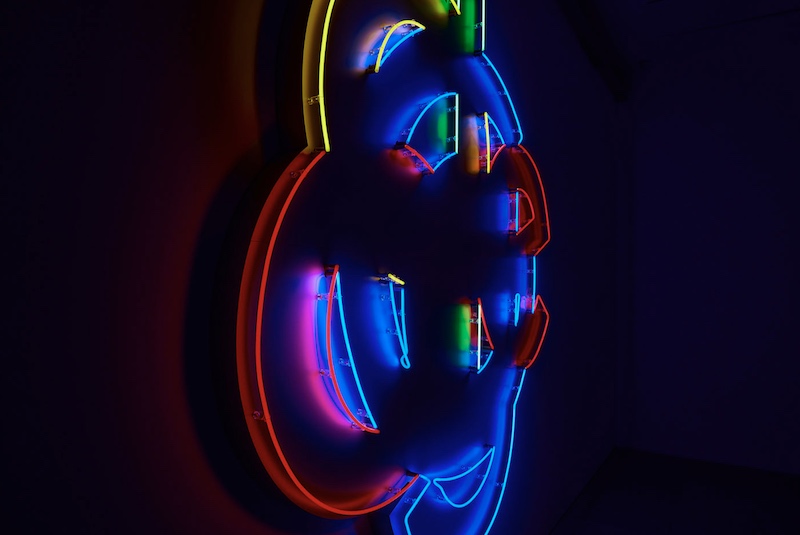
制作当初、彼は誰もが知るような消費社会的記号を、従来の手法を用いて抽象的な形に圧縮し、光に焦点を絞るためのモチーフに変換しようと試みた。しかし、彼は制作を進める中でそれらのモチーフが判読不能になってなお、認識可能なままであるということに直面した。
完全な抽象化が困難であることに直面したWakuは、消費社会における認知活動や「堅牢なサイン」というモチーフへと展開。「堅牢なサイン」とは、本展の作品群でそのモチーフとされているアイコニックな消費社会的記号のように、崩れがたく強固な記号のこと。そうした記号は、線の太さや角度、色といった複合的で微細な要素によって鑑賞者の潜在的な意識の深くに、まるで焼き印のようにその形を印象付けるよう設計されているがゆえに、忘れがたく壊しがたいものです。その結果、私たちはこれらの記号が大きく変化しているにもかかわらず、それを認識することができる。
Wakuはあくまで社会の中で流動する記号の構造的特徴に着目したうえで、その構造を自分自身の作品の中で誇張し、誤用し、用いて行きます。その構造の中でネオンの光は何らかの意味を指し示すのではなく、あなた自身の中に既に存在するイメージと、そのありかを照らし出してくれるかもしれない。
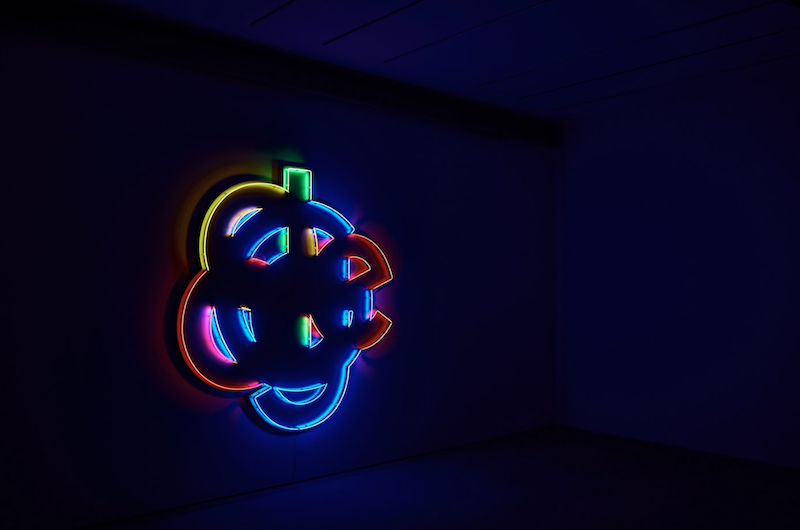
■
PROFILE
1996年東京生まれ。ネオンライトの探求を中心に活動するWakuは素材、形、要素に対する私たちの理解に挑戦し、私たちがどのように世界を認識し、関係しているかについて問いを投げかけている。ネオンは文化的に看板と結び付けられることが多い媒体であるが、Wakuの作品ではそれ自体が最終形態として扱われる。仏教寺院の家系に生まれたWakuは、幼少期 にロウソクを灯して祈りを捧げたときやお寺の本堂で金色に輝く仏陀が「光の原体験」を形成し、彼は自然と光の要素に惹かれ、空間を創り出す道筋を見出した。 2017年に国内有数の工場島田ネオンにて職人としての修行を開始、やがてニューヨークへ渡米、20世紀を代表する芸術家ナム・ジュン・パイクの作品も手掛けた著 名なネオン職人、テイビット・アブロンに師事。 アーティストでありながらも職人でもあるWakuは、ネオンを動かす物理的なハードウェア(ガラス、電気、アルゴンガス など)との密接な関係を出発点に、「ネオンの光を自由にする」ことで新しい意味を生み出す試みを柔軟に展開する。帰国後、ネオンサインスタジオ「gokou」を設立し、同時に芸術活動を追求している。近年の活動では、CON_とDomicile Tokyoでの個展「素朴光」(2022)、Gallery COMMONでの個展「In Person」(2020)などがある。
——-
Waku, “Afterimage”
October 15 (Sat) – November 13 (Sun), 2022
Hours: 12:00−19:00 (Wed-Sun)
Address: B1F 5-39-6 Jingumae, Shibuya, Tokyo 150-0001
Waku「Afterimage」
2022年10月15日(土)~11月13日(日)
開廊時間: 12:00-19:00 (水~日)
住所: 150-0001東京都渋谷区神宮前5-39-6 B1F
contact@gallerycommon.com
+81 03 6427 3827
www.gallerycommon.com
Gallery COMMON is pleased to present “Afterimage”, a solo exhibition by Waku. On view from October 15 (Sat) to November 13 (Sun), 2022, the show features a series of works that represent a new direction within Waku’s continued exploration of neon light.
In this new series of works, Waku takes existing current-day symbols that many of us are familiar with and visually compresses them. Through this act he strips the symbols of their textual and pictorial legibility, a crucial aspect of their communicative function.
While working as a neon sign craftsman, Waku began to feel “discomfort with the fact that forms have singular meanings”, and has until now produced abstract works in an attempt to extract the element of light from its form. “In order to allow for our attention to remain on the light itself, the shape of the neon tubes can not be explicit or concrete,” says the artist; as such, his past works have been based on hand-drawn compositions subjective and abstract enough to allow for the neon light to convey itself without being reduced to any specific symbol.
However, the works in this exhibition cannot be described as intrinsic, subjective forms. A number of changes have come about within the artist’s process: in addition to the motifs being based on highly iconic consumerist symbols rather than immaterial shapes, the designs this time are based on digital renderings rather than freehand drawings, and the neon tube glass-bending process was carried out not just by the artist, but by other craftsmen as well.
In recalling his initial attempts at creating the works, Waku states, “I wanted to take the kinds of explicit and concrete symbols that I saw in my day-to-day while I worked as a signmaker and see if I could make them abstract in order to keep the focus on the light.” Waku thus attempted to deconstruct these well-known commercial logos into abstract shapes through his usual neon production techniques. However, as he progressed, he found it difficult to completely abstract these images; even after the letters were deconstructed into illegibility, they retained a strong symbolic quality due to other factors such as line thickness, angle, and color. This led Waku into an exploration of human cognition, in particular the idea of “indestructible signs” within our consumerist society.
These “indestructible signs”, like the capitalistic symbols that are the motifs of this exhibition, are signs that are enduring and unbreakable. They remain understandable even after they have lost their linguistic legibility; in other words, although the letters have been visually compressed to the point of being unreadable, we can still “read” the meaning of what they stand for.
In any other case, a compressed image or string of characters would become meaningless. However, this is not the case with symbols that we see everyday that are strongly associated with our daily lives. Such symbols have been firmly imprinted into people’s minds, and can be visually compressed yet remain semantically “indestructible.” Designed to remain unforgettable through complex and subtle elements such as line thickness, angle, and color, the afterimages of these signs have been burned, as if by a branding iron, deep into our subconscious. It is from this perspective that the artist decided to incorporate these “foreign bodies” into the structure of his works. The transformation of Waku’s work in this exhibition is based upon this conceptual evolution.
The artist and the artwork do not pass down judgment upon these “indestructible signs” as being either good or bad; rather, they simply direct our focus towards the structure of the various fluctuating symbols within our society through the employment, exaggeration, and misuse of these structures. If you are able to extract meaning from the meaningless symbols displayed in this exhibition, it is a sign that you have been exposed to and cognizant of these symbols, whether purposefully or not. Though the neon lights do not communicate any specific message, you may find that they illuminate an image that already exists within yourself.
■ PROFILE
Waku was born in Tokyo in 1996, where he currently lives and works. Waku’s practice centers around the exploration of neon light. Using the medium to challenge our understanding of material, form, and element, Waku probes into deeper questions about how we perceive and relate to the world. Neon, a medium that is often culturally associated with signage, is treated as a final form in and of itself within Waku’s works. The son of a Buddhist temple family, Waku’s childhood exposure to candle-lit prayers and shining golden Buddha statues shaped his ‘formative experience of light,’ and he naturally found himself drawn to the element as a pathway to creating environments. In 2017, he began training as a craftsman at Shimada Neon, one of the leading factories in Japan, before eventually moving to New York where he studied under the tutelage of distinguished neon specialist David Ablon, who also worked on pieces by the late 20th century artist Nam June Paik. A craftsman as well as an artist, Waku’s intimate relationship with the physical hardware that powers neon (glass, electricity, argon gas, etc.) functions as a starting point for his evolving practice, allowing him to flexibly experiment with ways of “setting neon light free” to create new meaning. Following his training period, Waku returned to Japan and established his neon sign studio gokou while continuing to pursue his artistic practice. Recent activities include the solo exhibition “Sobokukou” at CON_ and Domicile Tokyo (2022) and the solo exhibition “In Person” at Gallery COMMON (2020), among others.
保存
